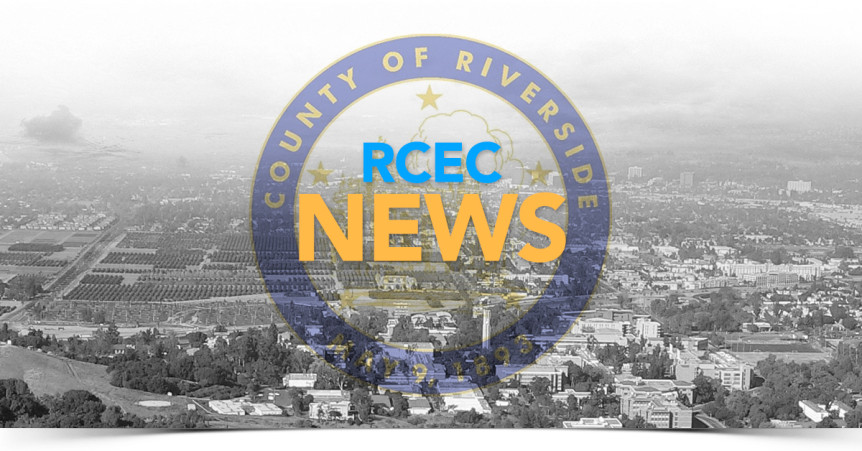Courtesy of CNN | Jan 9, 2017 | Katie Lobosco
If you’re debating the value of your college degree, rest assured it will likely be worth the cost — eventually.
It takes an average of 12 years to recoup the cost of getting your Bachelor’s degree, according to a new report from The College Board.
In other words, you will have earned enough money to repay the cost of your degree and make up for your time out of the workforce by the age of 34.
If that seems like a long time, consider this: college grads with a full-time job earned a median of 67% more than high school grads last year. That doesn’t include those who went on to receive an advanced degree.
And despite the horror stories of over-educated Millennials having a hard time landing a job, the unemployment rate for 25- to 34-year-olds with a Bachelor’s degree was 2.6% last year, more than five percentage points below the unemployment rate for those with just a high school education.
College grads are also more likely to exercise, vote, and less likely to smoke, according to the report.
“A higher education is an investment that pays dividends over the course of a lifetime — even for students who accumulate some debt to obtain a degree,” said Jennifer Ma, senior policy research scientist at the College Board.
The average undergraduate student loan borrower left school last year with $30,100 in debt.
Of course, not everyone will be able to recoup the cost of their degree by the age of 34. The report assumes that you graduated in four years, paid an interest rate of 4.3% on your loans, and finished paying off your debt in 10 years.
Meanwhile, just 60% of college students finish their degree within six years. Private loans come with much higher interest rates, and it might take you longer to pay off your debt if you started in an income-drive repayment plan.
The median income for 30- to 34-year-olds is $40,944 for those with a Bachelor’s degree and $31,807 for those with no higher than a high school diploma, according to the report.
The StudentTracker reports – which show us where our graduates go to college, how long it takes them to earn their degrees, whether they transfer schools, and more – have served as a critical tool to measure the success of this initiative. They provide accurate and timely data to help us monitor and evaluate our work and the work of our districts towards this common goal.
With a large number of stakeholders participating, it was necessary for our schools to receive training to increase awareness and knowledge of how to read and utilize these reports. The Clearinghouse enthusiastically supported us by sending a team this September to provide multiple in-depth, hands-on workshops over three days to more than 400 participants, including diverse audiences of county and district office personnel, high school counselors, and high school administrators. The willingness and professionalism of the Clearinghouse staff were exceptional. The presentations were engaging. Participants left the workshops eager to utilize the reports to assist them in their college readiness work.
Our relationship with the Clearinghouse is beyond business. Clearinghouse staff care deeply and share our commitment to positively impact the lives of students here in Riverside County.
Learn more about StudentTracker® for High Schools.

The Clearinghouse’s Colin Hutchison and Samantha Dowd (left) provided training to more than 400 RCOE personnel in September.

